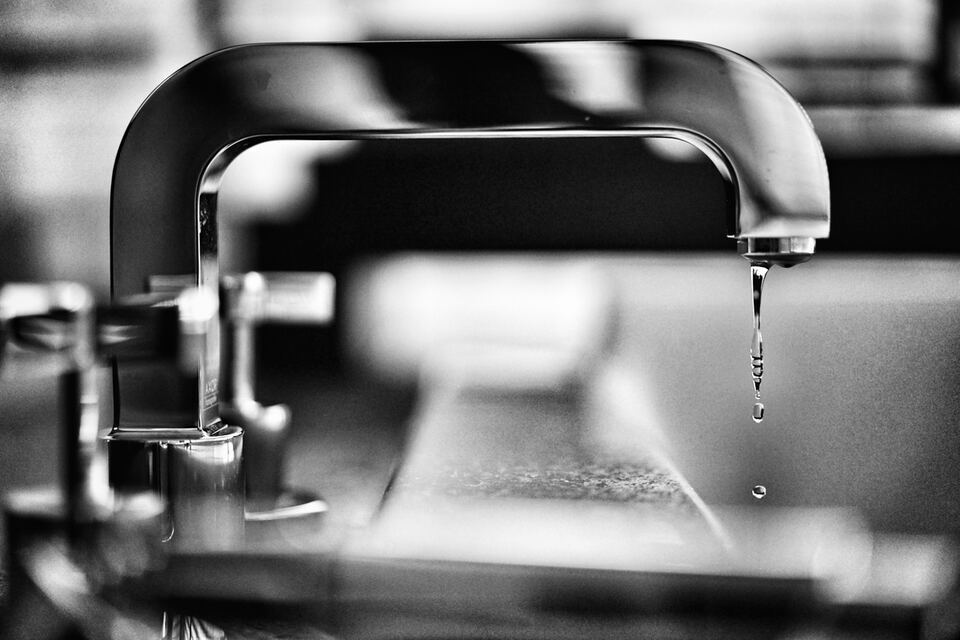
Introduction: The kitchen is the heart of any home, and a functional plumbing system is essential for smooth daily activities. While plumbing issues can be daunting, many kitchen plumbing problems can be resolved with a little DIY know-how. In this article, we will provide you with helpful tips and techniques to tackle common kitchen plumbing problems on your own, allowing you to save time and money.
Unclogging a Kitchen Sink: A clogged kitchen sink is a common issue that can disrupt your daily routine. Start by removing any visible debris or food particles from the drain. Next, try using a plunger to create suction and dislodge the clog. If that doesn't work, consider using a drain snake or auger to break up and remove the blockage. Avoid using harsh chemical drain cleaners, as they can damage pipes over time.
Fixing a Leaky Faucet: A dripping faucet not only wastes water but can also be annoying. Begin by turning off the water supply under the sink. Then, disassemble the faucet handle and inspect the cartridge or washer for wear and tear. Replace any damaged components with new ones, ensuring a proper fit. Reassemble the faucet, turn on the water supply, and check for leaks. If the problem persists, it may be necessary to replace the faucet altogether.
Repairing a Sprayer Hose: A malfunctioning sprayer hose can make kitchen tasks challenging. Start by turning off the water supply to the sprayer. Examine the connection between the hose and the sprayer head, as well as the hose and the water supply valve. Tighten any loose connections using pliers or an adjustable wrench. If the hose is damaged or leaking, consider replacing it with a new one. Remember to turn the water supply back on and test the sprayer for proper functionality.
Clearing a Garbage Disposal Jam: A jammed garbage disposal can be a frustrating issue. Before attempting any repairs, make sure the power to the disposal is turned off. Look for a hex-shaped hole underneath the disposal unit and use an Allen wrench to manually rotate it back and forth to dislodge any obstructions. If the disposal is still jammed, locate the reset button on the bottom of the unit and press it to reset the motor. Once the jam is cleared, turn on the power and run water to test the disposal.
Replacing a Faulty Dishwasher Connection: If your dishwasher is leaking or not functioning properly, a faulty connection may be the culprit. Turn off the power and water supply to the dishwasher. Carefully inspect the water supply line, ensuring it is properly connected and not damaged. Replace any worn-out or damaged water supply lines. Similarly, inspect the drain hose for any blockages or leaks. Clean or replace the drain hose if necessary. Once all connections are secure, restore power and water supply, and test the dishwasher.
Addressing Low Water Pressure: Low water pressure in the kitchen can hinder daily tasks. Start by checking the aerator at the end of the faucet spout. Remove the aerator and clean any mineral deposits or debris that may be causing the obstruction. Soak the aerator in vinegar overnight for stubborn deposits. If cleaning the aerator doesn't improve water pressure, consider checking the supply valves under the sink to ensure they are fully open. If the problem persists, it may be necessary to consult a professional plumber.
Knowing When to Seek Professional Help: While many kitchen plumbing issues can be resolved with DIY methods, it's important to know when to call in a professional plumber. If you encounter complex problems such as major leaks, extensive pipe damage, or issues with the main water supply line, it's best to rely on the expertise of a licensed plumber to ensure proper repairs and avoid further complications.
Conclusion: With a little DIY knowledge and some basic tools, many common kitchen plumbing issues can be resolved without professional help. By following these tips for unclogging sinks, fixing leaky faucets, repairing sprayer hoses, addressing garbage disposal jams, replacing dishwasher connections, improving water pressure, and knowing when to seek professional assistance, you can maintain a functional and efficient kitchen plumbing system. Remember, safety is paramount, so always exercise caution and turn off relevant power and water supplies before attempting any repairs.

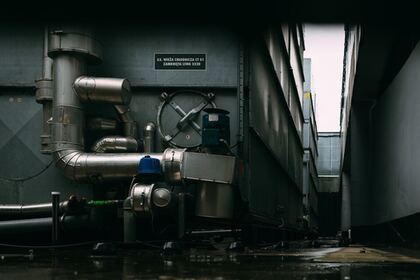
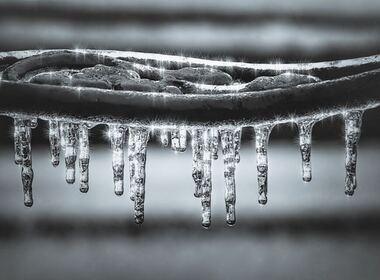
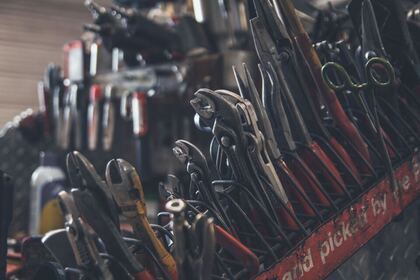
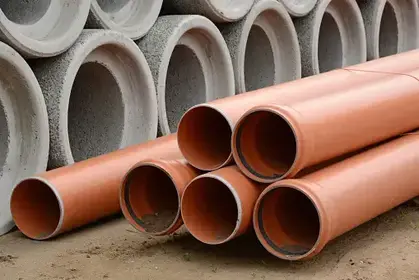
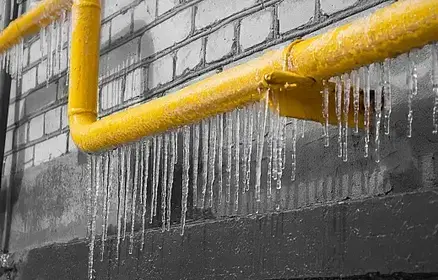
Leave Comment Below